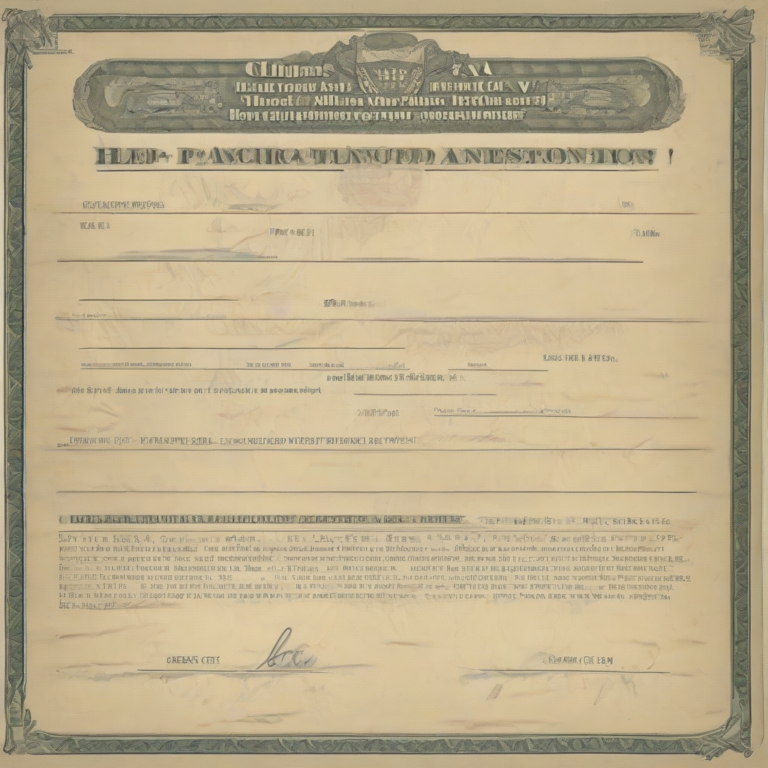Navigating the Maze: A Comprehensive Guide to House Insurance Claims
Navigating the Maze: A Comprehensive Guide to House Insurance Claims
Filing a house insurance claim can be a daunting process, filled with paperwork, phone calls, and potential disagreements. This guide aims to demystify the process, providing a step-by-step approach to help you navigate the complexities and secure the compensation you deserve.
Understanding Your Policy
Before you even think about filing a claim, thoroughly review your homeowner’s insurance policy. This is crucial for several reasons:
- Identifying Covered Perils: Understand what events your policy covers. Commonly covered perils include fire, theft, vandalism, and wind damage. However, some policies exclude specific events or have limitations. Knowing what’s covered avoids wasted time and effort pursuing non-covered claims.
- Deductible Amount: Familiarize yourself with your deductible – the amount you’re responsible for paying before your insurance coverage kicks in. This significantly impacts your out-of-pocket expenses.
- Policy Limits: Understand the maximum amount your insurer will pay for a specific type of damage or loss. This prevents unrealistic expectations about compensation.
- Claim Procedures: Your policy outlines the steps you need to take to file a claim. Carefully review these instructions to ensure a smooth process.
- Contact Information: Note down the contact information for your insurance company, including phone numbers, email addresses, and claim filing portals.
Immediate Actions After an Incident
Following an incident that may require a claim, immediate actions are critical:
- Ensure Safety: Prioritize your safety and the safety of others. If the damage is significant, evacuate the premises if necessary and contact emergency services.
- Document the Damage: Take numerous photographs and videos of the damage from various angles. This visual evidence is crucial when supporting your claim.
- Secure the Property: Take steps to mitigate further damage. This might involve covering broken windows, boarding up doors, or preventing water damage.
- Contact Your Insurer: Report the incident to your insurer as soon as reasonably possible. This usually involves a phone call or online claim filing.
- Keep Records: Begin compiling all relevant documentation, including receipts for temporary repairs, estimates from contractors, and any correspondence with the insurance company.
Filing Your Claim
The claim filing process varies between insurers, but generally involves these steps:
- Contact your insurer: Report the incident and request a claim number. This usually involves providing details about the event, the date, and the extent of the damage.
- Complete Claim Forms: Your insurer will provide claim forms that require detailed information about the incident, your policy details, and the extent of the damage. Complete these forms accurately and thoroughly.
- Provide Supporting Documentation: Include all relevant documents, such as photographs, videos, repair estimates, receipts, and police reports (if applicable).
- Cooperate with the Adjuster: An insurance adjuster will be assigned to your claim. Cooperate fully with their investigation, which may include an inspection of your property.
- Follow Up: Regularly follow up with your insurer to track the progress of your claim. This ensures your claim remains a priority and avoids unnecessary delays.
Dealing with the Insurance Adjuster
The insurance adjuster plays a crucial role in the claims process. Here’s how to effectively interact with them:
- Be Prepared: Gather all necessary documents and information before the adjuster’s visit. This streamlines the process and demonstrates your preparedness.
- Be Honest and Accurate: Provide accurate and truthful information about the incident and the extent of the damage. Any discrepancies can delay or jeopardize your claim.
- Ask Questions: Don’t hesitate to ask questions about the claims process, the adjuster’s findings, and the expected timeline.
- Document Everything: Keep records of all communication with the adjuster, including dates, times, and the content of conversations. This helps maintain transparency and accountability.
- Negotiate if Necessary: If you disagree with the adjuster’s assessment, negotiate a fair settlement. This may involve providing additional evidence or seeking assistance from a public adjuster.
Understanding Claim Denial and Appeals
Unfortunately, insurance claims can be denied. Understanding the reasons and the appeal process is important:
- Reasons for Denial: Common reasons for claim denial include insufficient evidence, failure to meet policy requirements, or the damage being considered pre-existing.
- Review the Denial Letter: Carefully review the denial letter for the specific reasons for the denial. This provides the basis for your appeal.
- Gather Additional Evidence: If you believe the denial is unjustified, gather additional evidence to support your claim. This may include expert opinions, additional photographs, or witness statements.
- File an Appeal: Follow the insurer’s appeal process, which usually involves submitting a formal appeal letter outlining the reasons for your disagreement and providing the additional evidence.
- Consider Legal Counsel: If your appeal is unsuccessful, consider consulting with a lawyer specializing in insurance claims. They can advise you on your legal options.
Common Claim Types and Specific Considerations
Different types of claims have specific considerations:
- Fire Damage: Requires thorough documentation of the damage, including fire department reports and any evidence of the cause.
- Water Damage: Often involves determining the source of the water damage and the extent of the damage to the structure and contents.
- Wind Damage: Requires documentation of the storm event, including weather reports and photographs of the damage.
- Theft: Involves filing a police report and providing details about the stolen items, including serial numbers and purchase dates.
- Vandalism: Similar to theft, requires a police report and documentation of the damage caused.
Tips for a Smooth Claims Process
To streamline the process:
- Maintain Accurate Records: Keep meticulous records of all aspects of your policy, including payments, correspondence, and claim details.
- Communicate Effectively: Communicate promptly and clearly with your insurer and adjuster.
- Be Patient: The claims process can take time, so patience is crucial.
- Understand Your Rights: Familiarize yourself with your rights under your policy and relevant state laws.
- Seek Professional Help: If you’re struggling with the claims process, consider seeking assistance from a public adjuster or lawyer.
Preventing Future Claims
Proactive measures can reduce the risk of future claims:
- Regular Maintenance: Regularly maintain your home and its systems to prevent potential problems.
- Safety Measures: Implement safety measures to reduce the risk of accidents and damage.
- Review Your Policy Regularly: Review your policy annually to ensure it adequately covers your needs.
- Increase Coverage if Necessary: Consider increasing your coverage if your property value or possessions have increased significantly.
- Shop Around for Insurance: Compare different insurance policies to find the best coverage at a competitive price.






